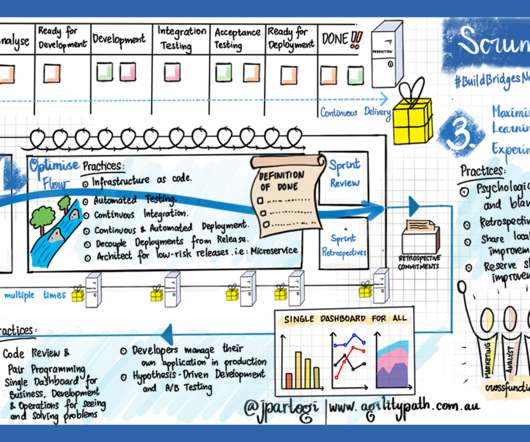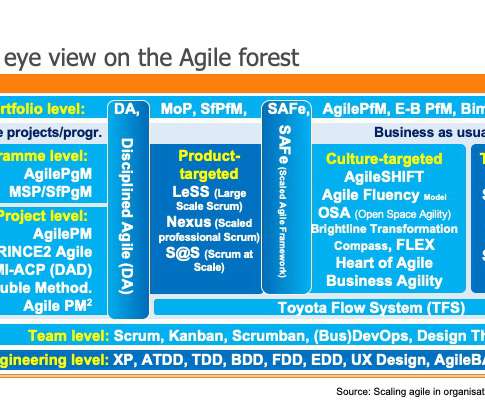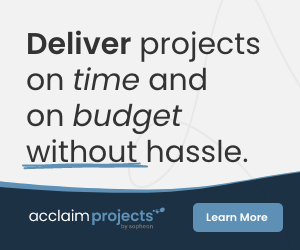A Quick Guide to Scrum Artifacts
ProjectManager.com
MAY 29, 2020
Scrum is a flexible framework that’s designed to help self-organized teams execute projects quickly in an agile environment. Clients or customers often change ideas mid-stream. The dynamic nature of these projects makes evident the need for each team to offer transparency and share information quickly and effectively. Thus, successful agile sprints make use of scrum software and scrum artifacts to convey key information, deliver transparency and keep the project rolling on time.























Let's personalize your content